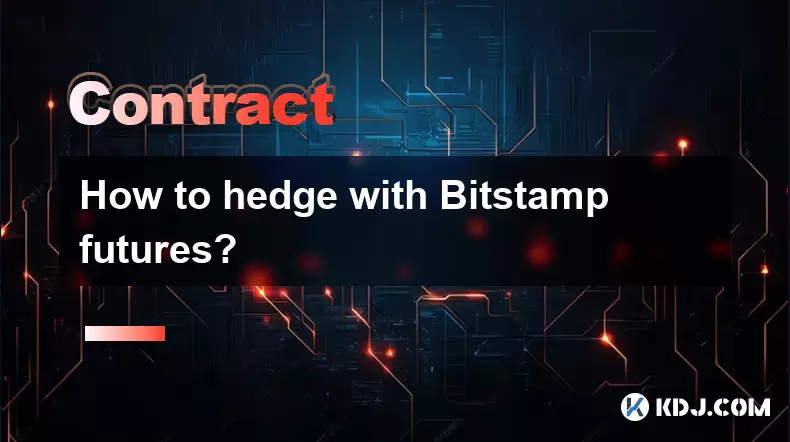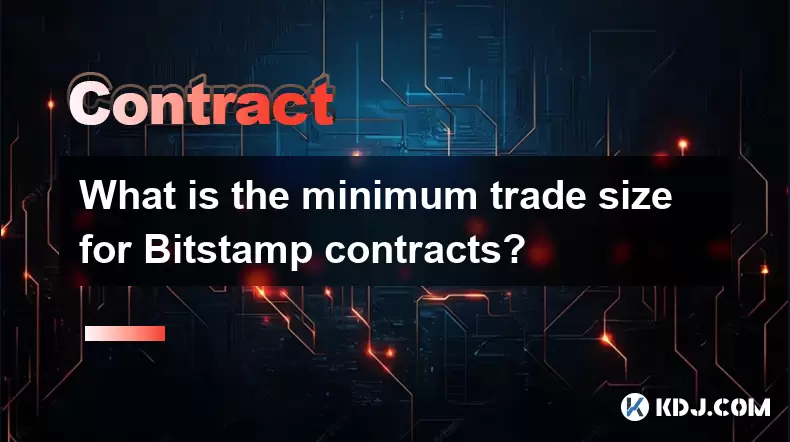-
 Bitcoin
Bitcoin $118600
-1.19% -
 Ethereum
Ethereum $3633
-2.99% -
 XRP
XRP $3.191
-10.14% -
 Tether USDt
Tether USDt $1.000
0.01% -
 BNB
BNB $776.1
-1.34% -
 Solana
Solana $189.7
-7.51% -
 USDC
USDC $0.0000
0.02% -
 Dogecoin
Dogecoin $0.2413
-10.49% -
 TRON
TRON $0.3099
-1.92% -
 Cardano
Cardano $0.8182
-9.31% -
 Hyperliquid
Hyperliquid $43.77
-4.82% -
 Stellar
Stellar $0.4286
-9.27% -
 Sui
Sui $3.717
-7.35% -
 Chainlink
Chainlink $18.22
-7.31% -
 Hedera
Hedera $0.2465
-9.91% -
 Bitcoin Cash
Bitcoin Cash $512.4
-2.64% -
 Avalanche
Avalanche $23.98
-6.82% -
 Litecoin
Litecoin $112.5
-5.53% -
 UNUS SED LEO
UNUS SED LEO $8.969
-0.24% -
 Shiba Inu
Shiba Inu $0.00001388
-10.11% -
 Toncoin
Toncoin $3.194
-4.31% -
 Ethena USDe
Ethena USDe $1.001
0.00% -
 Polkadot
Polkadot $4.128
-8.96% -
 Uniswap
Uniswap $10.19
-5.28% -
 Monero
Monero $313.7
-2.80% -
 Bitget Token
Bitget Token $4.712
-2.96% -
 Dai
Dai $0.0000
0.01% -
 Pepe
Pepe $0.00001275
-9.75% -
 Aave
Aave $291.4
-6.25% -
 Bittensor
Bittensor $426.7
-5.38%
How to hedge with Bitstamp futures?
To hedge effectively on Bitstamp Futures, match your futures position to your spot holdings, monitor margin and volatility, and exit both legs precisely to avoid unintended risk. (154 characters)
Jul 23, 2025 at 02:00 am

Understanding Bitstamp Futures Contracts
Bitstamp futures are financial derivatives that allow traders to speculate on or hedge against the future price of cryptocurrencies like Bitcoin or Ethereum. These contracts obligate the buyer to purchase—and the seller to deliver—the underlying asset at a predetermined price and date. To hedge effectively, one must first grasp the contract specifications: expiration date, contract size (e.g., 1 BTC per contract), and settlement method (cash or physical). Understanding these parameters is essential because incorrect assumptions about contract terms can lead to unexpected exposure or margin calls. Traders must also monitor open interest and volume to assess market depth and liquidity, which directly impact execution quality during hedging maneuvers.
Identifying the Need for Hedging
Hedging with Bitstamp futures becomes necessary when a trader holds a long or short position in the spot market and wants to reduce risk from adverse price movements. For example, if you own 10 BTC and fear a short-term price drop, you can open a short futures position to offset potential losses in your spot holdings. The hedge ratio must be calculated precisely—typically one futures contract per unit of the underlying asset—to ensure the hedge is neither under- nor over-compensated. Misalignment here can result in residual risk or unnecessary capital commitment. This step requires assessing your portfolio’s current value, expected holding period, and tolerance for volatility.
Setting Up a Bitstamp Futures Account
Before executing any hedge, ensure your Bitstamp futures account is active and funded:
- Navigate to [Bitstamp.net](https://www.bitstamp.net) and complete identity verification (KYC).
- Go to the “Futures” section and accept the terms of service.
- Deposit funds into your futures wallet using USDC, BTC, or ETH—whichever is supported for margin.
- Check the margin requirements for the specific contract you intend to use; these vary by asset and leverage.
Failing to fund the correct margin type may block trade execution, so always verify the asset’s compatibility with the futures pair. Once funded, test a small position to confirm order routing and margin calculation logic.Executing the Hedge: Step-by-Step Process
Suppose you own 5 ETH in your spot wallet and want to hedge against a potential price drop over the next two weeks: - Log into Bitstamp Futures and select the ETH/USD quarterly futures contract expiring in three months (to avoid front-month roll risk).
- Place a market or limit order to sell 5 contracts (each representing 1 ETH).
- Monitor your position dashboard to ensure the short futures position shows a negative P&L if ETH price rises—and positive if it falls—thereby offsetting your spot position.
- Set a stop-loss or take-profit order if you plan to exit the hedge before expiration.
This simultaneous offset ensures that losses in one leg are compensated by gains in the other, maintaining portfolio value stability. Always cross-check the order confirmation screen for contract size and direction before submitting.Managing the Hedge During Volatility
Market volatility may require dynamic adjustments to your hedge. If ETH price drops sharply, your short futures position gains value, but your spot ETH also loses value. At this point: - Reassess whether the hedge remains proportionate—if ETH holdings change due to sales or purchases, adjust the futures position accordingly.
- Monitor funding rates if using perpetual futures (though Bitstamp primarily offers quarterly); these can erode hedge effectiveness over time.
- Consider rolling the hedge to a new contract month if expiration nears and the original risk horizon hasn’t passed.
Ignoring margin calls or failing to rebalance can lead to forced liquidation, especially during high volatility. Use Bitstamp’s real-time margin calculator to simulate worst-case scenarios.Exiting the Hedge Position
To close the hedge: - Buy back the same number of futures contracts you initially sold (e.g., 5 ETH futures).
- Ensure the buy order matches the original contract expiration and size.
- Confirm the position shows zero open contracts in your futures dashboard.
- Verify that your spot ETH holdings remain intact and that no unintended exposure remains.
Failure to close the futures leg while keeping the spot position open leaves you net short, which could amplify losses if the market reverses. Always double-check trade history for both spot and futures accounts post-exit.Frequently Asked Questions
Can I hedge with leverage on Bitstamp futures?
Yes, but leverage amplifies both gains and losses. A 5x leveraged short hedge will offset spot losses faster—but if the market moves against you, margin requirements increase sharply. Always calculate the effective leverage based on your account equity and position size.What happens if my hedge expires before I exit the spot position?
If the futures contract expires while you still hold spot ETH, the hedge becomes ineffective. You must either roll the futures position to a new expiry or accept unhedged risk. Bitstamp does not auto-roll contracts.Is hedging with futures tax-efficient on Bitstamp?
Tax treatment depends on your jurisdiction. In some regions, futures gains/losses are taxed as ordinary income, while spot holdings may qualify for capital gains treatment. Consult a tax advisor—Bitstamp does not provide tax advice.Can I hedge altcoins like SOL or ADA using Bitstamp futures?
Currently, Bitstamp offers futures only for major assets like BTC and ETH. To hedge altcoins, you must use BTC or ETH futures as proxies—if the altcoin correlates strongly with BTC, this may work, but basis risk (divergence between altcoin and BTC prices) remains a concern.
Disclaimer:info@kdj.com
The information provided is not trading advice. kdj.com does not assume any responsibility for any investments made based on the information provided in this article. Cryptocurrencies are highly volatile and it is highly recommended that you invest with caution after thorough research!
If you believe that the content used on this website infringes your copyright, please contact us immediately (info@kdj.com) and we will delete it promptly.
- Score Big This Season with the BetMGM Bonus Code: Your Ticket to MLB Bonus Bets!
- 2025-07-24 06:50:12
- Bitcoin: From Digital Gold Rush to Evolving Asset Class
- 2025-07-24 06:50:12
- Bitcoin, Lightning Network, and Block Inc.: A New York Minute on Crypto's Mainstream Moment
- 2025-07-24 07:10:12
- PUMP Token: No Airdrop, But What's the Plan?
- 2025-07-24 07:10:12
- Asymmetric Shifts, Investor Losses, and Bold Strategies in Crypto: A New Era?
- 2025-07-24 07:15:12
- Crypto Trading 2025: AI Analytics, Binance Fees, and the Rise of Utility Tokens
- 2025-07-24 07:15:12
Related knowledge

Why is my Bitstamp futures position being liquidated?
Jul 23,2025 at 11:08am
Understanding Futures Liquidation on BitstampFutures trading on Bitstamp involves borrowing funds to open leveraged positions, which amplifies both po...

Does Bitstamp offer inverse contracts?
Jul 23,2025 at 01:28pm
Understanding Inverse Contracts in Cryptocurrency TradingIn the realm of cryptocurrency derivatives, inverse contracts are a specific type of futures ...

How to find your Bitstamp futures trade history?
Jul 23,2025 at 08:07am
Understanding Bitstamp and Futures Trading AvailabilityAs of the current state of Bitstamp’s service offerings, it is critical to clarify that Bitstam...

Can I use a trailing stop on Bitstamp futures?
Jul 23,2025 at 01:42pm
Understanding Trailing Stops in Cryptocurrency TradingA trailing stop is a dynamic type of stop-loss order that adjusts automatically as the price of ...

What is the minimum trade size for Bitstamp contracts?
Jul 23,2025 at 07:14pm
Understanding Bitstamp and Its Contract OfferingsBitstamp is one of the longest-standing cryptocurrency exchanges, established in 2011, and known for ...

How to trade ETH perpetuals on Bitstamp?
Jul 23,2025 at 03:28am
Understanding ETH Perpetual ContractsETH perpetual contracts are derivative products that allow traders to speculate on the price of Ethereum without ...

Why is my Bitstamp futures position being liquidated?
Jul 23,2025 at 11:08am
Understanding Futures Liquidation on BitstampFutures trading on Bitstamp involves borrowing funds to open leveraged positions, which amplifies both po...

Does Bitstamp offer inverse contracts?
Jul 23,2025 at 01:28pm
Understanding Inverse Contracts in Cryptocurrency TradingIn the realm of cryptocurrency derivatives, inverse contracts are a specific type of futures ...

How to find your Bitstamp futures trade history?
Jul 23,2025 at 08:07am
Understanding Bitstamp and Futures Trading AvailabilityAs of the current state of Bitstamp’s service offerings, it is critical to clarify that Bitstam...

Can I use a trailing stop on Bitstamp futures?
Jul 23,2025 at 01:42pm
Understanding Trailing Stops in Cryptocurrency TradingA trailing stop is a dynamic type of stop-loss order that adjusts automatically as the price of ...

What is the minimum trade size for Bitstamp contracts?
Jul 23,2025 at 07:14pm
Understanding Bitstamp and Its Contract OfferingsBitstamp is one of the longest-standing cryptocurrency exchanges, established in 2011, and known for ...

How to trade ETH perpetuals on Bitstamp?
Jul 23,2025 at 03:28am
Understanding ETH Perpetual ContractsETH perpetual contracts are derivative products that allow traders to speculate on the price of Ethereum without ...
See all articles

























































































